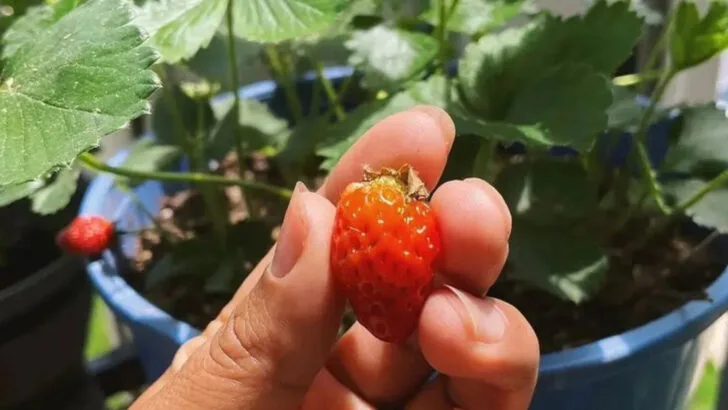You don’t need acres of land or a permaculture degree to grow a thriving, layered food forest. In fact, you can start with just 10 square feet. By mimicking the way plants grow in nature—using layers, companion planting, and diverse species—you can turn even the smallest space into a productive, self-sustaining ecosystem.
A mini food forest combines fruiting shrubs, herbs, ground covers, and even climbing plants, all working together to feed both the soil and your kitchen. This dense planting style reduces the need for weeding, watering, and fertilizing, while attracting pollinators and beneficial insects that boost plant health naturally.
In this article, you’ll learn how to plan, plant, and care for your own small-scale food forest, including the best plant combinations, how to structure your layers, and simple ways to make your space more resilient and abundant. Whether you have a backyard, balcony, or just a patch of sunlit soil—this method proves you can grow more with less.
Dwarf Fruit Trees
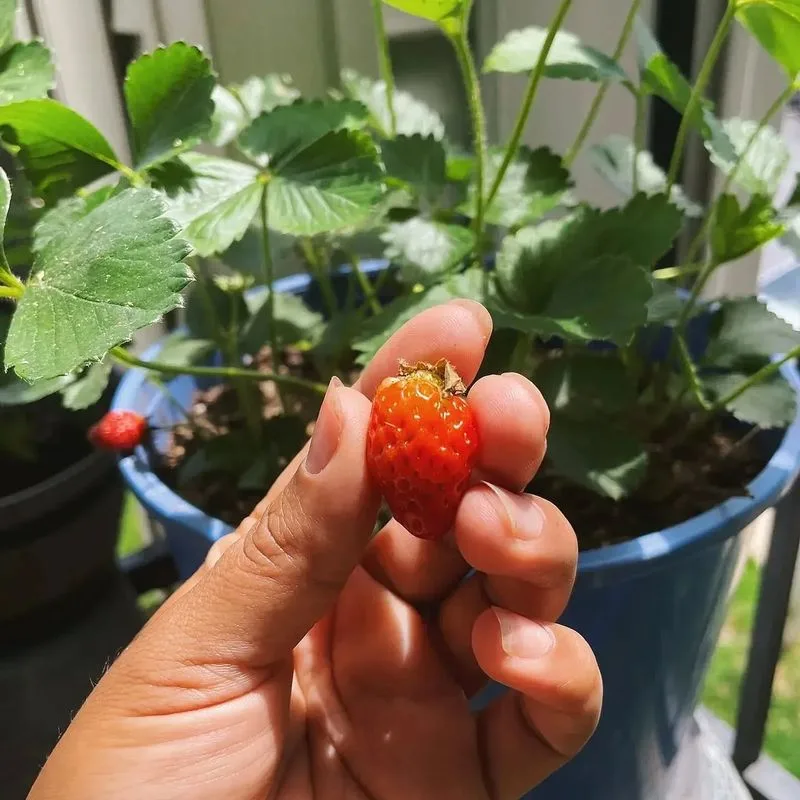
Imagine picking fresh apples straight from your backyard, even if it’s just a few steps away. Dwarf fruit trees, like apple or peach, are perfect for compact spaces due to their smaller size and bountiful yield. They provide shade and act as a focal point.
These trees are not only practical but also add a charming aesthetic to your mini forest. Grafted onto rootstocks that limit their growth, they ensure that everything stays manageable. A healthy dwarf tree can bear fruit within a couple of years, faster than traditional trees.
Try different varieties to see which thrives best in your environment and savor the sweetness of nature’s bounty.
Berry Bushes
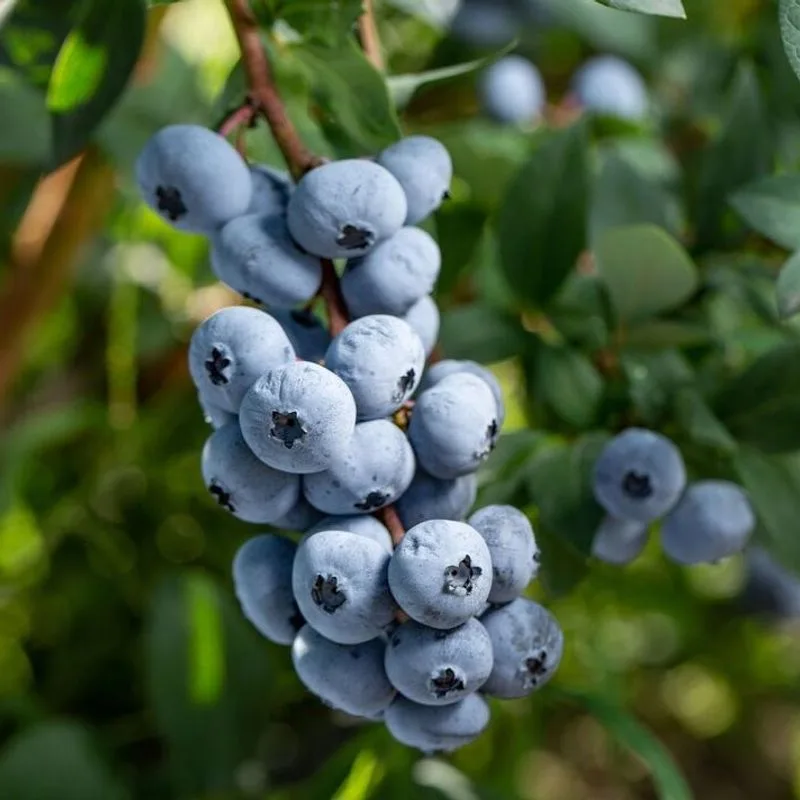
Nestled amid the greenery, berry bushes bring a splash of color and a burst of flavor. Blueberries, raspberries, or blackberries can fit snugly in a tiny space, offering delicious harvests. These bushes thrive when planted with a companion like clover, which helps retain soil moisture.
The beauty of berry bushes is their adaptability; they can grow in containers if ground space is limited. They attract pollinators, encouraging biodiversity. Additionally, these bushes are perennials, meaning they’ll come back stronger each year.
Consider mixing different types to enjoy a continuous fruiting season, bringing joy every time you step outside.
Herb Spiral
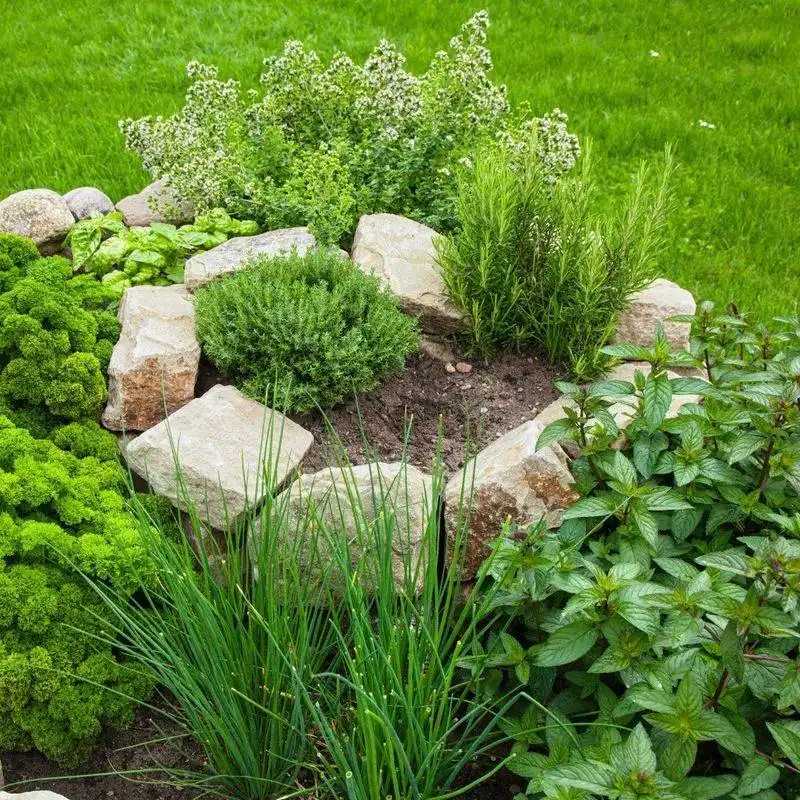
For culinary enthusiasts, an herb spiral is a delightful addition. This vertical garden structure allows you to grow multiple herbs in a small footprint. Imagine clipping fresh basil, rosemary, or thyme whenever you need a burst of flavor.
The spiral design maximizes space by allowing different herbs to thrive at various levels, catering to their sun and water needs. It’s not just practical; it’s a stunning visual centerpiece.
Building one can be a weekend project, using stones or bricks. The result is a thriving, aromatic garden feature that elevates your culinary experiences.
A fun weekend project with lasting rewards, an herb spiral will keep your kitchen stocked with fresh flavors.
Climbing Vines
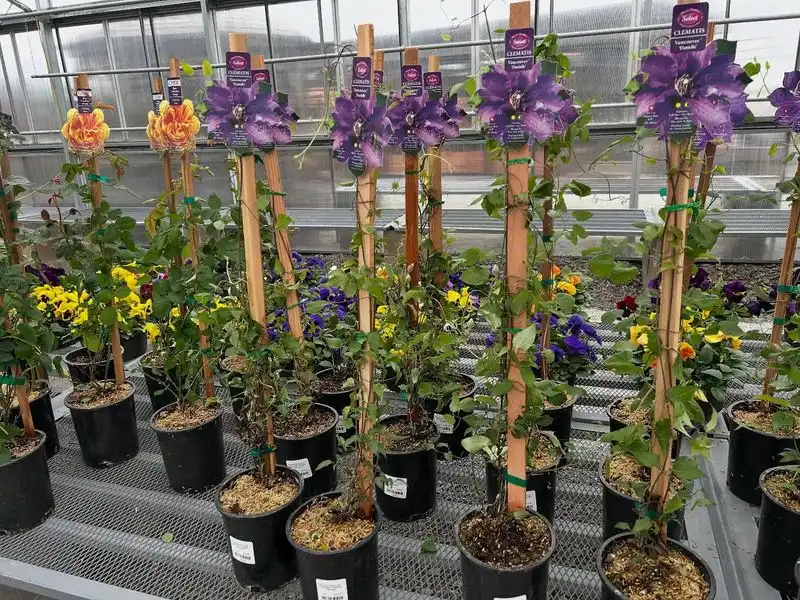
Adding vertical interest, climbing vines such as peas and beans offer both beauty and utility. These plants make great use of vertical space, allowing you to maximize production without crowding.
Not only do they provide fresh produce, but they also create a verdant backdrop that enhances garden aesthetics. Climbing beans or peas can easily be trained on a trellis or fence, giving your mini forest structure.
They enrich the soil by fixing nitrogen, a natural fertilizer, making them a smart addition. With the right support, watch them reach for the skies and contribute to a bountiful harvest.
Ground Cover Plants
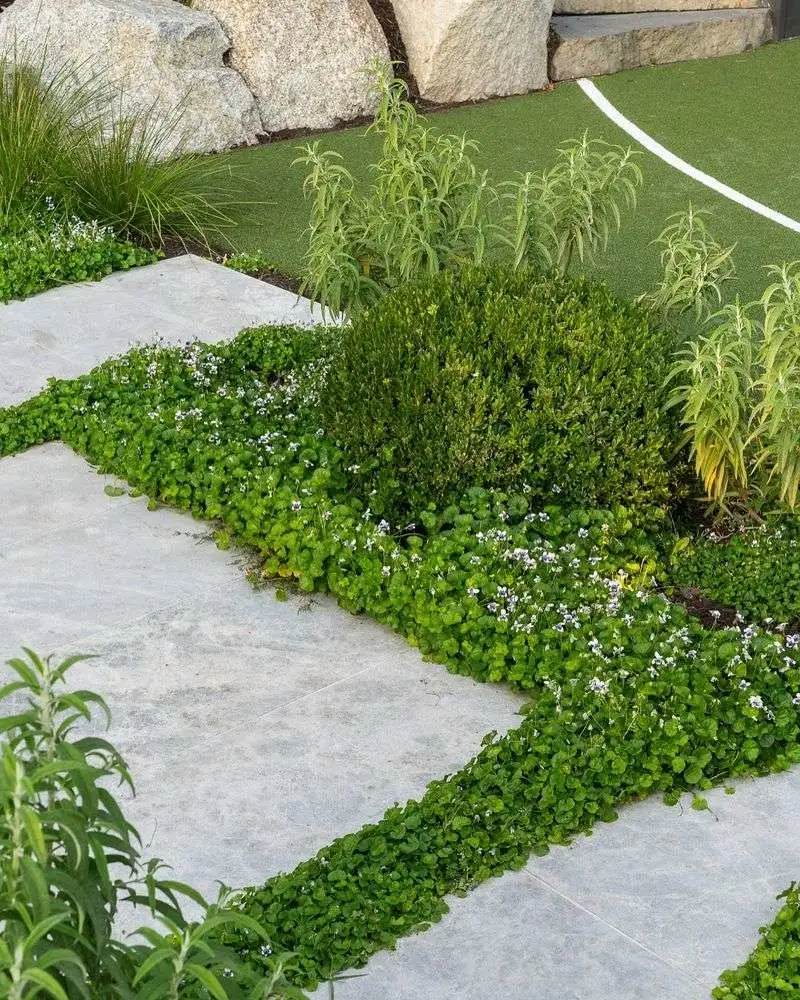
Ground cover plants like creeping thyme are the unsung heroes of miniature forests. They spread across the soil, preventing weed growth and retaining moisture. Their colorful blooms add vibrancy and attract pollinators.
These low-growing plants create a living mulch, which is both functional and beautiful. As they fill in gaps, they establish a dense mat that can be a feast for the eyes.
Creeping thyme, in particular, releases a fragrant aroma when walked upon, adding sensory delight. Easy to maintain and versatile, they’re a perfect foundation for your garden.
These hardy plants provide an aromatic ground layer that is both practical and delightful.
Companion Planting
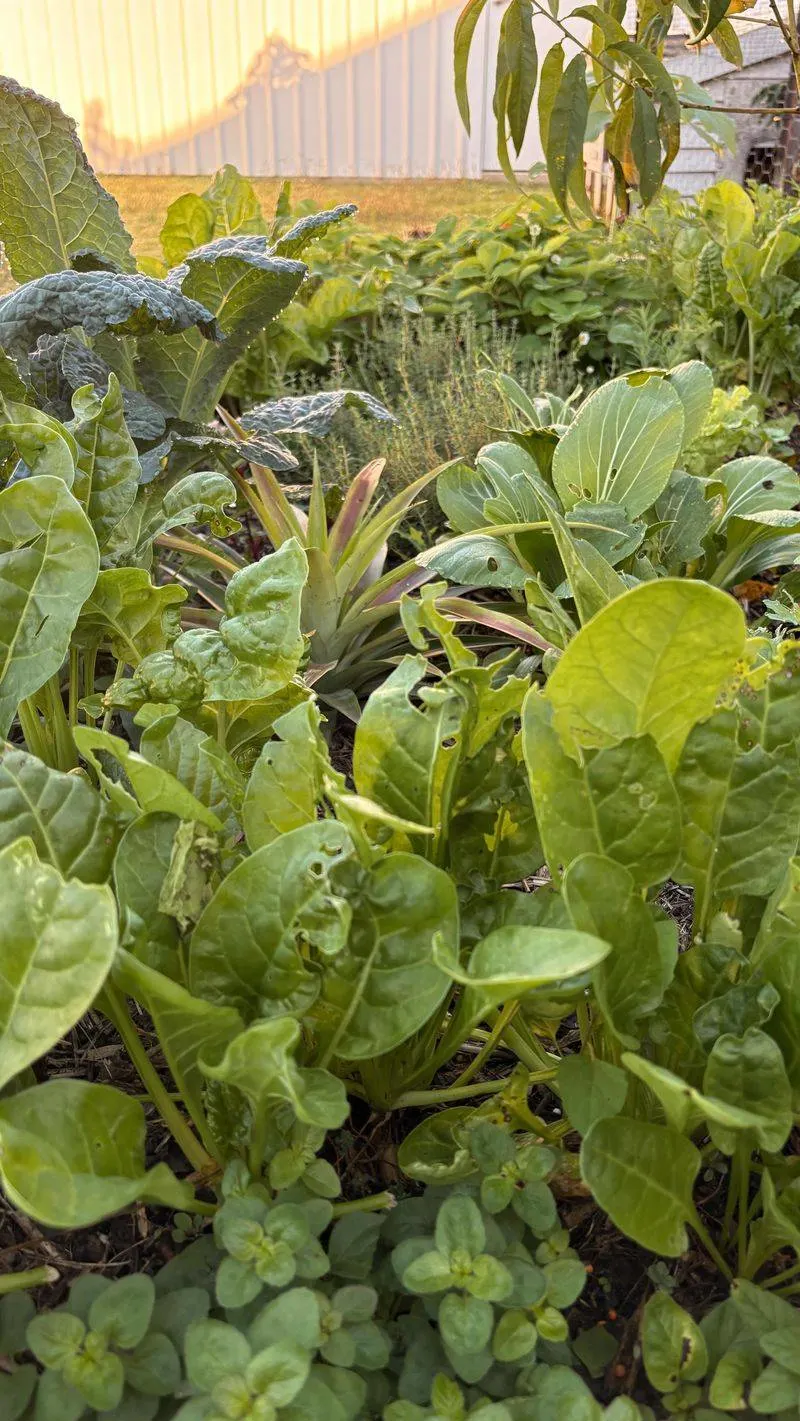
The art of companion planting brings synergy to your garden. Some plants, like tomatoes and basil, thrive when grown together, enhancing each other’s flavor and growth. This method optimizes space and supports a balanced ecosystem.
Companion planting deters pests naturally while attracting beneficial insects. Choose combinations wisely to create harmony in your food forest.
Additionally, it makes maintenance easier as plants support each other’s needs. Experiment with different pairings to discover what works best in your environment.
This approach showcases how thoughtful planting can foster a thriving micro-ecosystem, optimizing every inch of your space.
Mulching Techniques
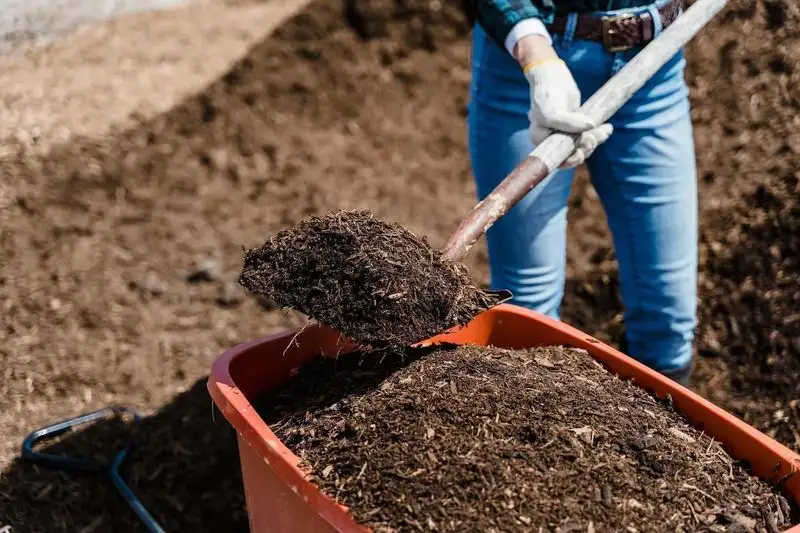
Mulching is more than just a protective layer; it’s a garden’s best friend. Applying mulch helps retain moisture, suppress weeds, and maintain soil temperature. Think of it as a comfortable blanket for your plants.
Organic materials like straw or wood chips break down over time, enriching the soil and fostering a healthier environment. Mulching is a straightforward practice with profound benefits for a small space.
Not only does it enhance plant health, but it also cuts down on watering needs, making your gardening efforts sustainable. Regularly replenish mulch to keep your garden thriving.
Embrace this technique to support a flourishing mini food forest with ease.

